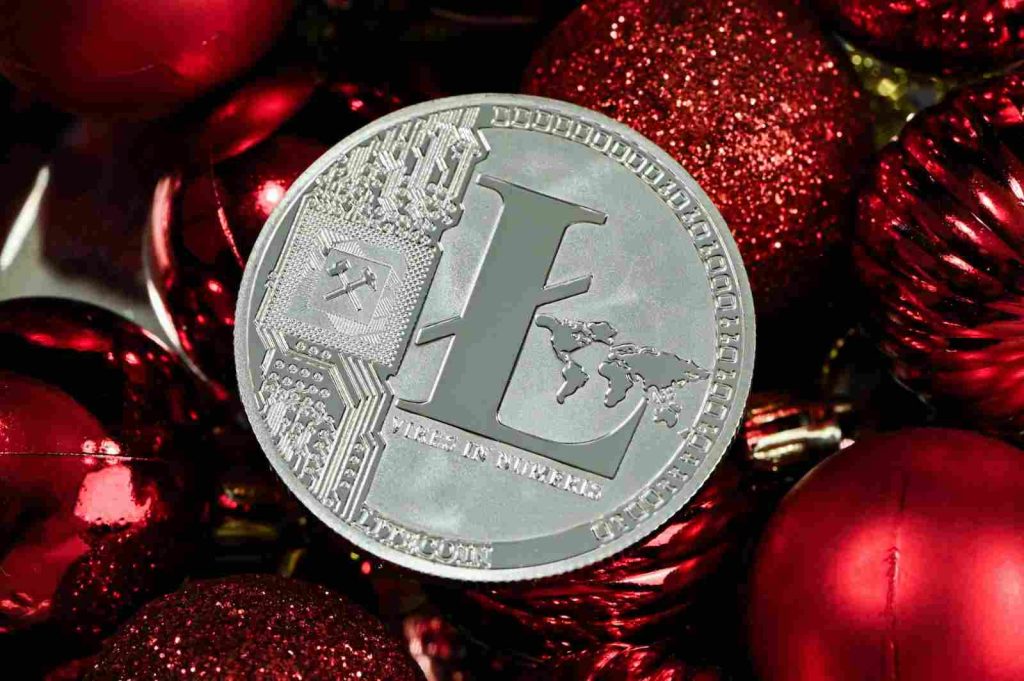Cryptocurrency has come a long way since the creation of Bitcoin in 2009. Since then, new cryptocurrencies have emerged, each with their unique features and capabilities. Litecoin is one such cryptocurrency that has gained popularity due to its ability to handle transactions faster than Bitcoin. In this article, we will explore the technological developments in Litecoin and what they mean for the future of this cryptocurrency. If you are interested in Bitcoin trading, you may also consider using a reliable trading platform like the Immediate Edge trading app.

The Future of Litecoin
The state of the cryptocurrency market is continually evolving. New cryptocurrencies emerge regularly, and the market is incredibly volatile. However, Litecoin has several technological developments that could position it as a leading cryptocurrency in the future.
The Lightning Network is a second-layer scaling solution that was originally developed for Bitcoin but has since been implemented in Litecoin. The Lightning Network allows for instant, low-cost transactions that can be made off-chain. This means that transactions can be processed without being added to the blockchain, which results in faster transaction times and lower fees.
The Lightning Network has been praised for its ability to make micropayments practical. The Lightning Network can handle millions of transactions per second, which makes it ideal for micropayments. This technology could be used in a variety of applications, such as in online gaming, where players could pay tiny amounts for in-game items.
MimbleWimble is a privacy-focused protocol that was first implemented in the Grin cryptocurrency. However, Litecoin developers have since implemented MimbleWimble as an optional feature. MimbleWimble uses a unique cryptographic construction that allows for complete transaction obfuscation, which means that the transaction amounts and addresses involved are not publicly visible.
MimbleWimble has significant implications for privacy-focused transactions. It makes it difficult for third parties to trace transactions on the blockchain, which is essential for privacy-focused applications. The MimbleWimble protocol has the potential to make Litecoin more attractive to users who prioritize privacy in their transactions.
Atomic Swaps are a protocol that allows for the exchange of cryptocurrencies without the need for a centralized exchange. Atomic Swaps allow for trustless transactions between two parties, which means that there is no need for an intermediary. Atomic Swaps make it possible to exchange one cryptocurrency for another without the need for a third-party exchange, which could significantly reduce transaction fees and increase transaction speed.
Atomic Swaps have significant implications for cross-chain transactions. Currently, exchanging one cryptocurrency for another requires a centralized exchange, which can be slow and costly. Atomic Swaps allow for the exchange of cryptocurrencies directly between two parties, which could significantly reduce transaction costs and speed up transaction times.
Potential Challenges and Risks
While Litecoin’s technological developments are exciting, there are also potential challenges and risks that must be considered. One challenge is regulatory uncertainty. Governments around the world are still figuring out how to regulate cryptocurrencies, and there is a risk that increased regulation could hinder the growth of Litecoin and other cryptocurrencies.
In recent years, several governments have taken steps to regulate cryptocurrencies. For example, China has banned initial coin offerings (ICOs) and restricted cryptocurrency trading. Similarly, the United States has taken steps to regulate cryptocurrencies by requiring cryptocurrency exchanges to register with the government and follow certain regulatory requirements.
Increased regulation could make it more difficult for users to access cryptocurrencies, which could hinder Litecoin’s growth. Additionally, increased regulation could lead to increased costs for cryptocurrency exchanges, which could lead to higher transaction fees for users.
Security is another potential risk. As cryptocurrencies become more valuable, they become more attractive targets for hackers. Litecoin’s developers must continue to ensure that the network remains secure to prevent hacks and thefts.
Litecoin’s developers have implemented several security measures to ensure the safety of the network. For example, Litecoin uses a different hashing algorithm than Bitcoin, which makes it more resistant to certain types of attacks. Additionally, Litecoin’s development team has implemented regular software updates to address security vulnerabilities and improve network performance.
However, there is always the risk of new security vulnerabilities being discovered, and Litecoin’s development team must remain vigilant to address these vulnerabilities as quickly as possible.
Litecoin’s development team has a history of implementing innovative technological developments, such as the Lightning Network, MimbleWimble, and Atomic Swaps. These developments have improved Litecoin’s functionality and expanded its use cases, which could help it maintain its market position in the face of increased competition.
Conclusion
Litecoin’s technological developments have the potential to position it as a leading cryptocurrency in the future. The Lightning Network, MimbleWimble, and Atomic Swaps are all significant developments that could expand Litecoin’s use cases and increase its appeal to users. However, there are also potential challenges and risks that must be considered, such as regulatory uncertainty and security risks.



